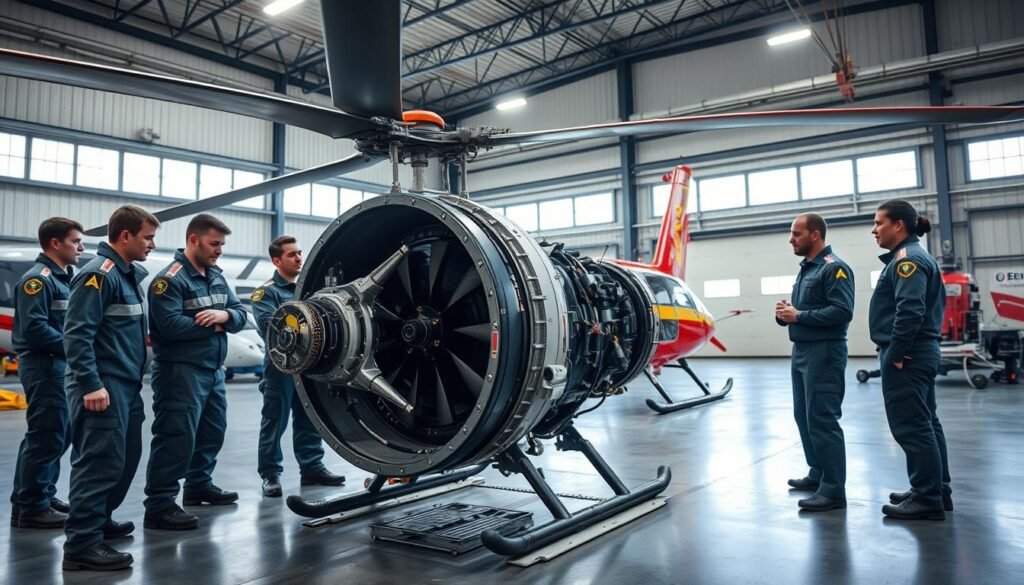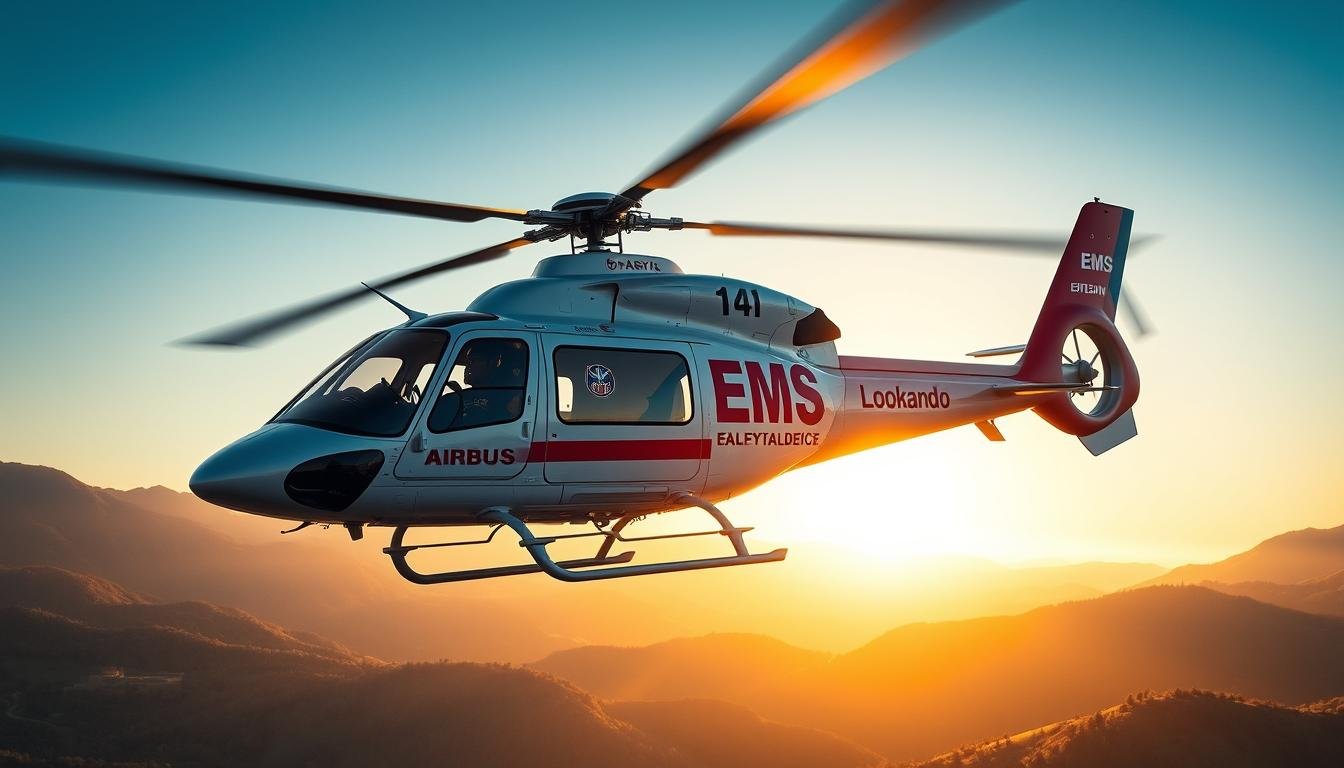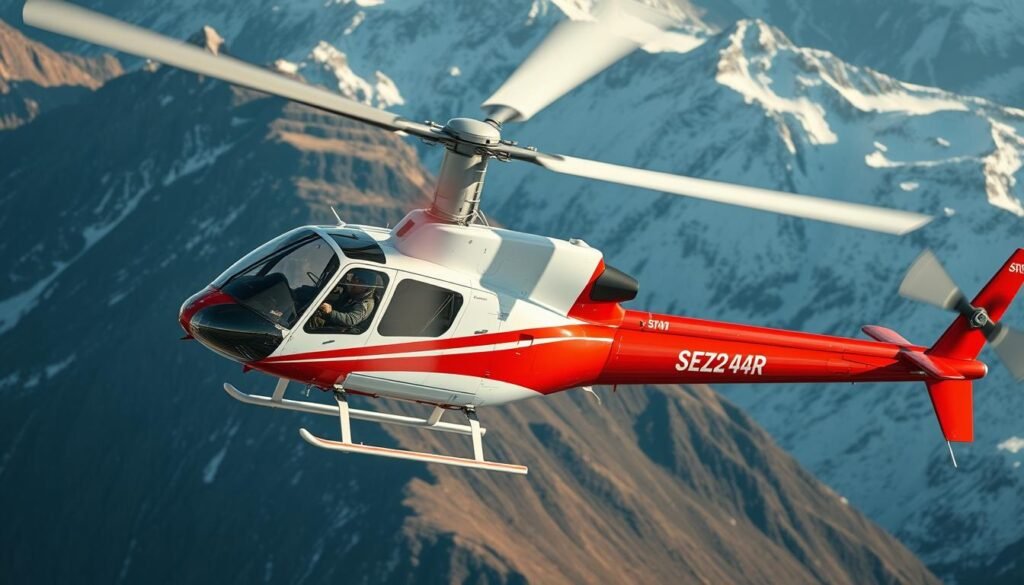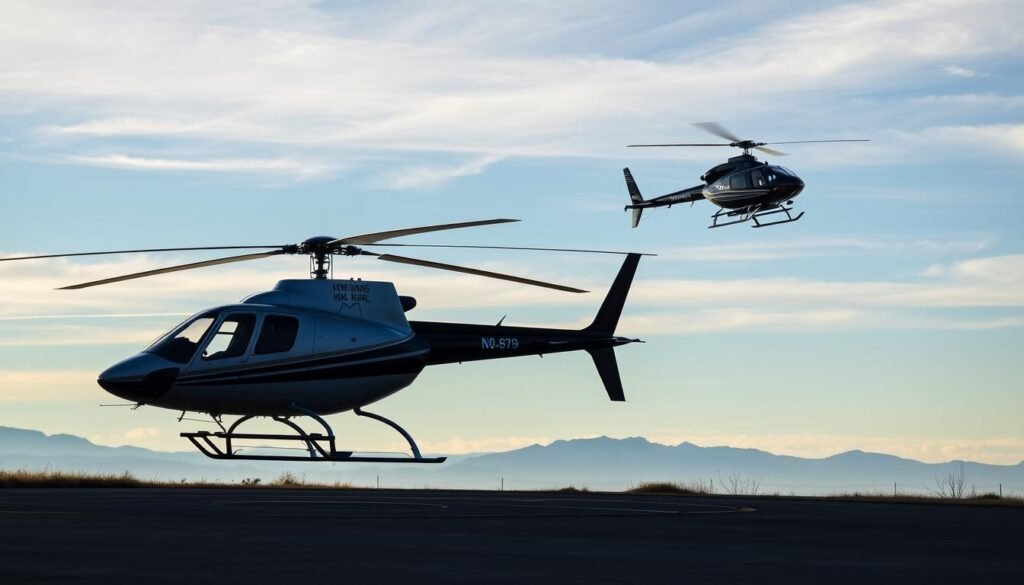What really sets OEM-backed operators apart when lives depend on speed, precision, and flawless coordination?
This page is the authoritative entry point for pilots exploring an air medical career. It outlines how companies backed by leading manufacturers set the standard in safety, technology, and mission reliability.
Readers will learn how candidates can evaluate the role, compare employers, understand compensation and benefits, and take the next step toward a life-saving job. Mission profiles demand rapid response, IFR-capable platforms, NVG proficiency, and disciplined crew coordination.
Opportunities span U.S. bases from hospital programs to regional providers and OEM-aligned operators. Professionals choose this path for meaningful impact, advanced avionics, structured SOPs, and clear growth into training and leadership roles.
For role specifics, sample requirements and benefits appear in current listings and guidance pages such as this job summary and practical application tips like those at cover letter guidance.
Key Takeaways
- OEM-backed operators raise the bar for safety, avionics, and mission reliability.
- Candidates can compare pay, benefits, and career paths before applying.
- Missions require fast decision-making, IFR skills, and tight team coordination.
- Top employers offer competitive benefits, retirement plans, and paid time off.
- This career appeals to professionals who value mission-driven work and clear advancement.
Explore EMS Helicopter Pilot Jobs With Airbus, Leonardo & Sikorsky
Regional health networks and remote communities drive steady demand for skilled flight crews. Hospital coverage, rural access gaps, and weather-diverse states create a need for IFR and NVG-capable operations across the U.S.
Current Demand, Mission Profiles, And Career Pathways Across U.S. Air Medical Operations
Mission types include scene responses for public safety, interfacility transfers for higher-acuity care, and specialty moves that require tight crew coordination.
Shift schedules emphasize readiness, duty/rest rules, and base launch criteria that balance response time and risk. Night and mountainous operations raise the bar for decision-making.
The base team usually pairs a pilot with a flight nurse, a flight paramedic, mechanics, and communications staff under shared SOPs. Leading company partners standardize avionics and safety gear to keep training consistent across locations.
Early career pathways move technicians from VFR to IFR assignments, then into mentor, check airman, or base lead roles. Employees can expect recurrent sims, scenario training, and safety stand-downs focused on patient care outcomes.
Candidates should compare base locations, mission types, and advancement routes to align experience and long-term career goals. Learn more about top operators on this top companies hiring.
Why Choose Leading OEM-Backed Employers For Your EMS Pilot Career
Choosing an OEM-backed employer changes how crews train, maintain aircraft, and deliver mission-ready service. That alignment brings consistent fleets, direct parts access, and structured programs that lower downtime and raise dispatch reliability.

Leonardo’s U.S. Footprint, Training Academy, And Maintenance Support Network
Leonardo operates production and final assembly in multiple U.S. states and runs a pilot and maintenance training academy. This setup speeds parts flow and gives crews direct access to manufacturer guidance and MRO expertise.
Competitive Compensation, Free Healthcare Plan, And 401(k) Company Match
Top employers offer meaningful benefits that matter to families and crew readiness. Competitive pay, a free healthcare plan, generous paid time off, tuition assistance, a 401(k) company match, and child-bonding leave support retention.
Inclusive Work Environment And Equal Employment Opportunity Commitments
Employers codify equal opportunity and affirmative action practices so every applicant is judged on merit and not protected status. This builds trust and a diverse work environment that reflects the communities served.
Team Culture, Professional Development, And Time Off For Work-Life Balance
High-performance teams combine recurrent training, clear SOPs, and embedded maintenance collaboration to keep operations steady. When a company invests in training and benefits, employees gain career stability and mission confidence.
How To Qualify, Apply, And Advance With Top EMS Helicopter Teams
Candidates aiming for air medical roles must meet strict flight experience and safety benchmarks before applying. Start by verifying base-specific minimums: total PIC hours, recent night and NVG time, and instrument proficiency that match operator SOPs.
Minimum Flight Experience, Training Readiness, And Safety Mindset
Typical thresholds include a defined PIC-hour floor and recent night currency. Employers expect clear IFR competence and current platform familiarization.
Training readiness means showing recent procedures, active SMS participation, and a documented safety mindset.
Application Tips, Employer Contacts, And Transitioning From Military Or Other Air Operations
Tailor resumes to mission profiles and quantify hours by category (NVG, IFR, mountain). Translate military ranks into civilian equivalents and convert logbooks to standard formats.
Gather medicals, licensure, passport, and background documents early. When possible, visit a base to assess terrain and team culture.
Engage employers through official portals, follow up professionally, and research upgrade timelines and relocation policies. For a quick employer comparison, see this top employer guide.
After mission proficiency, professionals can pursue instructor, base lead, or safety roles to advance status and broaden leadership opportunities.

Conclusion
A career in air medical operations rewards professionals who value mission focus and measurable impact.
Choosing an operator aligned to major manufacturers gives a pilot access to standardized fleets, proven support, and a mission where patient care is the priority. Review base openings, match qualifications to mission requirements, and apply to the company that fits personal goals and team culture.
Competitive pay, health coverage, retirement plans, paid time off, and family leave matter because they let employees concentrate on safe operations and excellent patient care. Integrated maintenance and parts availability reduce downtime and keep missions ready.
Prepare documents, confirm minimums, and contact recruiters promptly. For career comparisons and pay insights see this career paths guide and this compensation overview. Every safe launch and coordinated handoff strengthens patient care and the wider community.



